En Passant In-Depth (Rules, Examples, 10-Questions)
⭐⭐⭐ Take 8 minutes to read and improve your chess game ➡️ : This article was first published on, and is Copyright of Chessquestions.com
One of the great things about chess is beyond the basic chess moves that can be made, there are some special one-off opportunities to attack within the rules of chess. One such move involves the humble Pawn in ‘En Passant’
En Passant is a special pawn capture in Chess. It is the ability to capture an enemy pawn only when it has moved two spaces to sit adjacent to yours, whereby you can move diagonally behind the opposing and capture as if it had moved only one space.

Had the black pawn only moved one space from e6 to e5, the en passant would not be possible.
When is En Passant Legal?
En passant is only legal if it is made immediately after the opposing pawn has moved. If another move is made elsewhere after the opposing pawn’s two-square move, En Passant can no longer be played.
The official wording of the rules from FIDE, the governing body of chess is all-encompassing but hopefully, my breakdown makes it super clear as En Passant can often be forgotten and can help you gain pawn advantage in a key area of play.
Here is the official wording of the en passant rules from the governing body.

“A pawn attacking a square crossed by an opponent’s pawn which has advanced two squares in one move from its original square may capture this opponent’s pawn as though the latter had been moved only one square. This capture is only legal on the move following this advance and is called an ‘en passant”
— FIDE official En Passant Rule
When can you NOT make En Passant?
Some of these explanations you have probably already realized if you have understood the rules above, but just in case, here are a few times when you can not make en passant moves with your pawns.
- If any move other than en passant has been made by you after the opposing pawn has moved two squares forward, en passant is no longer available.
- If the opposing pawn has landed in an adjacent square after two moves
- If your pawn has moved more than 3 ranks forward it can not make en passant.
How To Make En Passant Notation?
Being able to complete chess notation is important and essential for competitive play, and whilst it is easy to learn [Take a look at my chss notation guide], En Passant has it’s own special note, adding (ep) to the end of the move.
Here is a rather cluttered board but with an En passant move as the White Pawn has moved 2 squares forward from d2-d4, written ‘d4’
You can see the Red pawn is already advanced 3 squares to e4, and because white pawn has moved e4 is now subject to an En Passant capture.
The move is signified in the image by the red arrow and is noted exd3(ep)

To break that down we have
- e – The file is recorded because it en passant so we need to know in this case where the pawn has come from
- x – signifies the capture of an opposing piece
- d3 – is the position the piece has moved to
- (ep) signifies the En passant capture – It is not essential but is often used.
TOP TIP

Understanding how to record chess moves using notation, including the ‘En Passant’ rules will not only allow you to enter competitions but will also help you improve your ratings as you can study both your games and famous games in retrospect and learn even more.
Why is there the En passant Rule in Chess?
Questioning of the En Passant move in chess is both common and natural. It is such a different move from anything else that can be done on a chessboard. There is no other capture in chess that takes place by moving to an empty square after all.
So once you have learned and understand En Passant, it is no wonder that you may be asking why the En Passant move is allowed.
En passant was introduced to counter the easier ability to gain a passed pawn once the 2-square-first-move rule for pawns was introduced.
Passed Pawns
A ‘passed pawn’ is a pawn that has no opposing pawns to prevent it from moving right through the ranks on the board
In the early days pawns were only ever allowed to make single square moves, but at a point, the rule of being able to move a pawn two squares forward on it’s first move was introduced.
This rule change made creating a passed pawn, and greater advantage, easier.
To counter this tactical benefit and to keep chess as tactically tight and frustrating as it can be today, En passant was invented to negate the ease and pace that a passed pawn could be created.
When Should you play the En Passant Move?
This is something to be wary of. Now you now and udnerstand the En passant move, you will aalmost certainly recognise the opportunity when it arises.
Do not fall for the trap of thinking you have to play the move just bcause you can.
Playing a skilled opponent, you may find that his 2 pawn first move is entrapment in part of an attack tactic.
So each time the En passant presents itself, you should evaluate your position and decide if En passant can play a part in your current tactical position
How Many Times Can you ‘En Passant’ in a Game?
Theoretically you can play En Passant as many times as the opportunity arises and for as many pawns that end up in an en passant position.
There is nothing stopping you, but for a foolish error, in playing the move multiple times if you find yourself in a position to capture an opponent’s pawn in this way.
You will however discover, know that you are looking for the opportunity having learned the move, that it doesn’t come up that often, isn’t used in over-arching tactics that often, and therefore you may not see En Passant, or use it, as often as you might think
How Often is En Passant Used in Chess?
Certainly not as often as you might expect. The opportunity to En passant doesn’t appear that often, and is subsequently used even less often.
There have been some guesses that it could be once in every twenty games, which pretty much negates the possibility of multiple En Passant moves in a single game, or at best make them a very rare sight.
How Often to Grandmasters Play En Passant?
Grandmasters do not play En Passant every time the opportunity arises as they will be making the best move they consider as part of thier present strategy.
If an En passant capture falls into the fluidity of that, then they may take advantage.
I actually went looking for En passant in championship games, or at least mention of them in researching this post, but could not find anything easily.
To this end, it has spiked my interest to be able to answer this question more fully. So with that in mind, I am now going to try to wrap my head around using this chess query language tool, to analyze some games and try to get some figures.
Example of En passant in a Grandmaster Game.
I did say En passant in Championship games were rather uncommon but I have found a well documented one, between Topalov and Anand, which was the final game in the world championship back in 2010
We pick up the action at move 36 where black counters whites Kh4 with g5+, a two-square move for his pawn, placing White King in ‘check’
White [Topalov] plays fxg6 and captures blacks’ pawn on g5 with En passant.
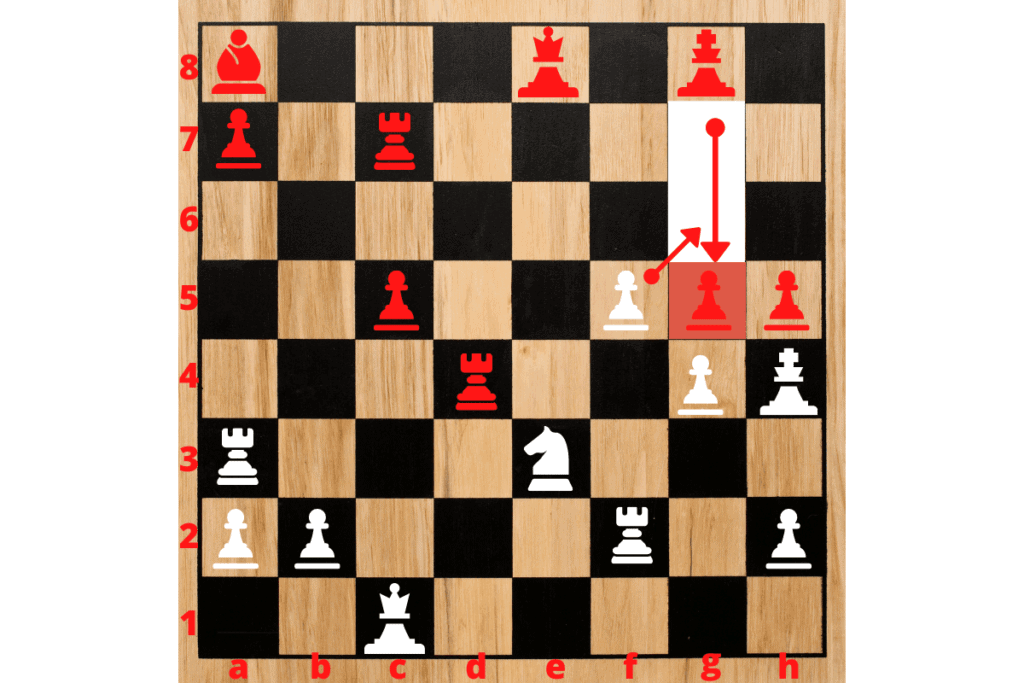
Whilst is was a good capture, he went on to lose the game, which he might have done sooner still without the En Passant.
Additional Questions about En Passant
There are many questions surrounding En passant, primarily from beginners finding out about the rule, and perhaps, you have discovered and researched En passant for the first timw with this article.
I would hope to have answered pretty much every question you might have had prior to reading it, but here is a selection of En passant questions I found in various forums and place around the internet, so thought It would make a good final list of answering every possible question that might arise around the En passant rule in chess.
1. Is en passant useful?
En passant can be useful, but the move should be evaluated as part of your game, the current position and strategy. En Passant should not be played just because the opportunity, however rare, presents itself. The same consideration should be given to the move as any other you might be able to make at the same time.
2. Is en passant only for pawns?
En passant is exclusively for pawns. En passant is a move that can only be performed by pawns. Considered by some [but not all] as the fodder on the board, whilst pawns are a tactical asset, the En passant rule and move is attributed to the pawns solely.
3. Can you en passant a queen?
You can not En Passant with the queen. The queens has the advantage over a pawn in the same position as being able to move horizontally to make the capture anyway. To use the En passant positioning would just give the queen even more versatility she surely doesn’t need.
4. Can you en passant with a bishop?
The Bishop is not able to perform the En Passant capture move of its lesser colleague on the chessboard, the pawns. If an opposing pawn moves two squares to sit on an adjacent square to the Bishop, it is safe from the bishop at least due to the latter’s diagonally move limitations in this case.
5. Can only pawns capture en passant?
Absolutely only pawns can capture using En passant. no other chess piece on the board has the ability to make the move. Those pawns can be pretty special sometimes!
6. Can you en passant out of check?
You can use En passant to get out of check. indeed, in the example above from the 2010 World Championship final game, Toladov did use En passant to escape check. Whilst En passant is uncommon in any case, escaping chess with En passant must be rarer still.
7. Why is en passant a rule?
The reason why En passant exists, as a rule, is because of the introduction of the two square first move option for pawns [probably in the 15th century]. The new two square options provided an easier and faster route to create passed pawns and en passant was created to level the playing field somewhat.
8. What is the point of en passant
The point of the introduction of the En passant rule was to prevent the pawn from being able to move two squares without the possibility of ‘passing’ an adjacent pawn and avoiding capture if not directly opposed. If the opposing pawn in the adjacent file has already moved 4 squares then the 2 square move will pass anyway.
9. What Does En passant mean
Literally translated from French to English En passant is ‘In passing’, or less formally, ‘By The Way’
Now you have learned and understood how En passant works in chess, you can see how it came about its name.
10. How to Pronounce En Passant Properly?
I will leave it to a video on how to pronounce En passant correctly, but of course, it is French, and if you can listen to the video right now if phonetically you said ‘On possont‘, you would be pretty close.

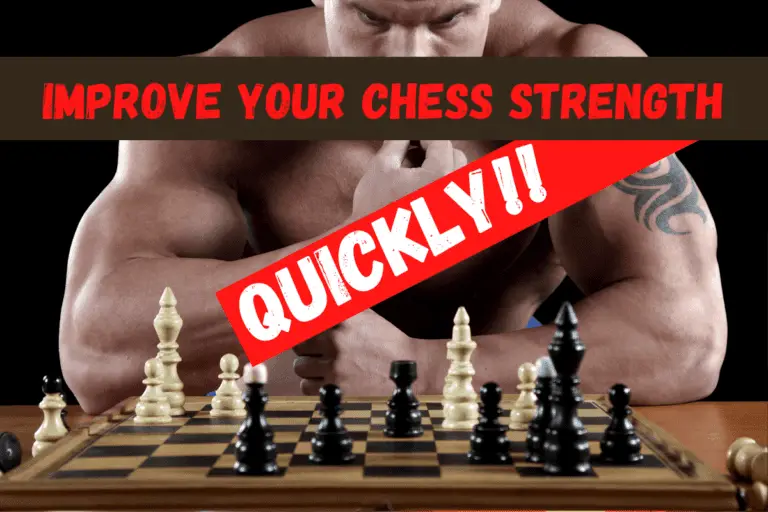
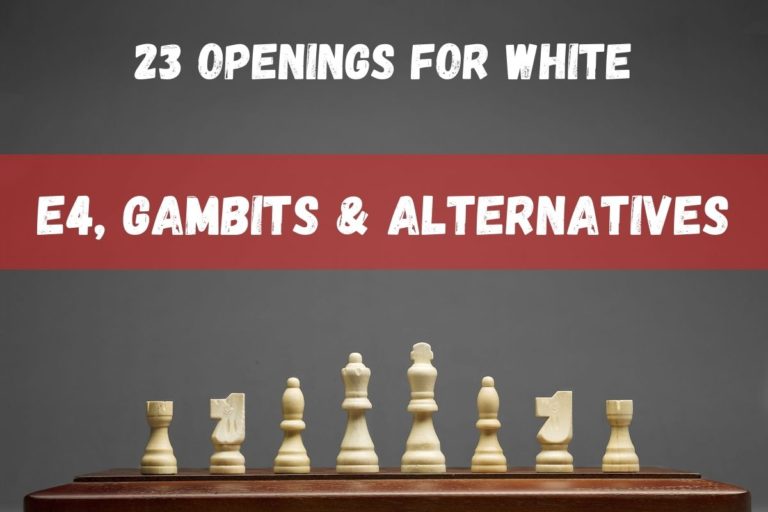
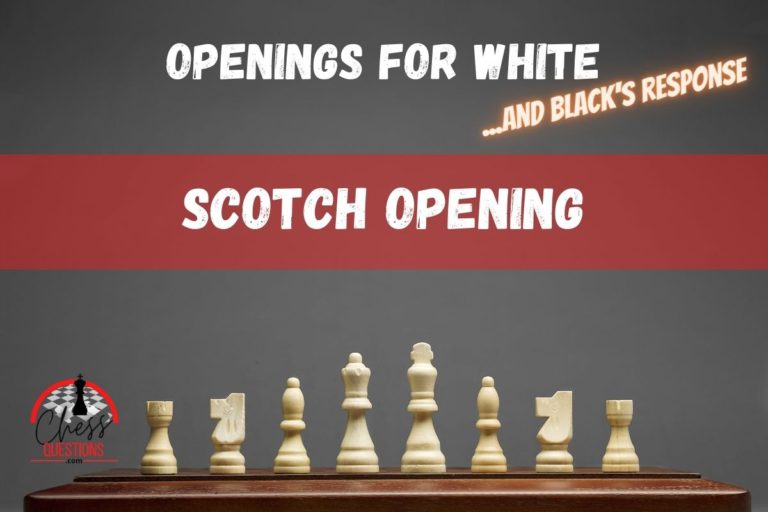
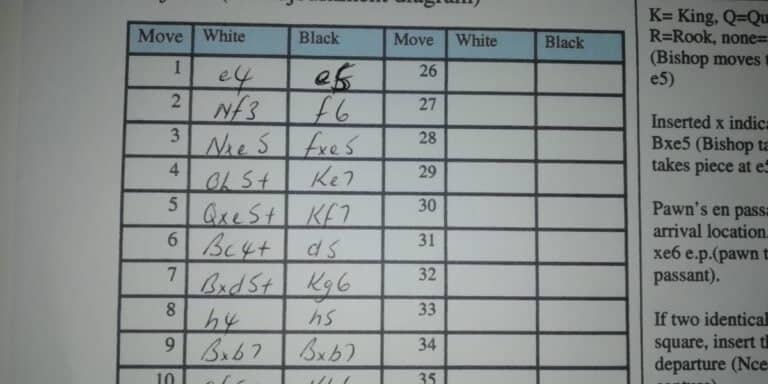
![50 Most Common Questions About Chess [Chess FAQs]](https://chessquestions.com/wp-content/uploads/2022/02/Questions-about-chess-768x512.jpeg)
